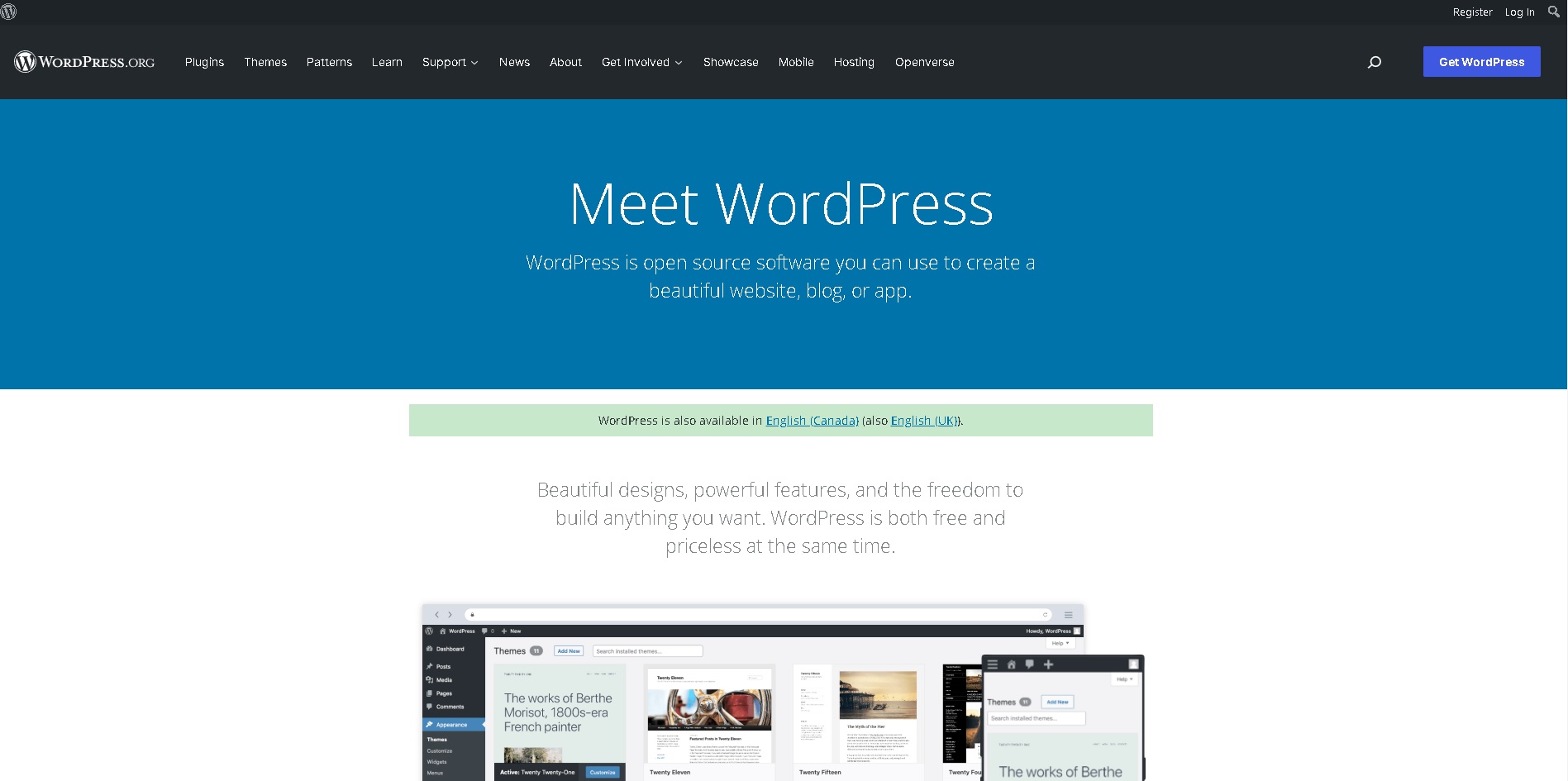Most people think of us as a web company, We have created a number of…
Tips for Effective School Websites
Schools should have web sites for a couple of reasons: inform parents, inform students, and showcase its talent (both students and teachers) and its community contribution. The importance and priority of these differs with each school, school board, and community based on their individual needs.
Basic Features to have
FoundLocally has reviewed literally hundreds of web sites and has found a couple of key elements that are important to a good web site:
- Basic School Information. This includes the name, address, phone, fax and e-mail address of the school. The names of the principal and vice-principals would also be helpful. Some schools have included school photos and maps.
- Staff Lists. Listing the teachers by either grade or subject area makes it handy for parents who need to talk to a teacher about their children’s performance or study habits. Clickable e-mail addresses enable parents to make comments or ask questions when THEY have time, not necessarily when the teacher is working (and not in class).
- School Policies. Important school policies should be stated on the web site. This prevents misunderstandings, and ensures that both parents and students are fully informed. Policy manuals need only be issued to students in families that do not have home Internet access.
- Course Offerings Several schools have put their programs/class guide on-line. This allows students to plan their curriculum at any time in the year, and allows parents to evaluate if the classes their kids are taking – or plan to take – meet their own expectations. Various school facilities can be showcased here with photos, drawings, and maps. Some schools’ teachers even post their assignments and correct solutions on-line.
- Student Achievements Many web pages focus on their school’s athletic teams, scholastic teams, theatrical performances, field trips, open houses, and student government. This showcases student talent in a manner that gives students broader recognition in their area(s) of talent.
- School Board Link. Ultimate responsibility for the child’s education lies with the elected school board trustees. Parents should be able to access the school board’s pages and the trustees’ clickable e-mail if they wish to provide feedback on board policies and procedures.
- Other Links. Many schools have links to educational sites that are useful to students, parents, even teachers. Links fall into three categories: academic (including study resources), recreational (related to students extra-curricular activities) and community (useful for e-pals between schools).
- Announcements Timely announcements, newsletters are ideally suited for the Internet, and can even save a few trees.
Most Annoying Features / Omissions
Here are things that I have found most annoying about school’s (and school board’s) web sites:
- No e-mail contact. Many parents work shift work and are unable to make contact with their children’s’ teachers (or principals) during the time the teachers are available. If you have a web site so parents on the Internet can see what’s going on, doesn’t it make sense to let them contact the school using the same technology? Without enabling feedback from parents, web sites are seen as crude propaganda tools instead of tools for involving parents (and they are taxpayers too!) in their kids’ education. You can add web forms easily –and for free– using Formmail (see www.scriptarchive.com/formmail.html ) for free, which can also solve the “spam” issue, by requiring form fillers to provide personal contact info, and hides school email addresses from public view.
- Sites on”free hosting” services. Web pages are important enough for the school board to provide server space and access. Schools shouldn’t have web pages on Tripod, Home, Xoom, 3web. these services are paid for by displaying commercial ads! And there shouldn’t be any personal e-mail addresses using those free e-mail services Canada.com, Hotmail, etc. School boards should have a policy to do hosting & e-mail properly, and on the school board’s official web domain.
- Bad Links. Too many sites have missing pages or clickable e-mail links that do not work. Many schools have contact forms that do not work properly (or do not give a response that they work) which can be easily replaced with a clickable e-mail link.
- “Under Construction”. This is the most abused phrase on the net, and is like a child making a constant excuse “I’m still growing”. A better approach is (a) remove the link until that element is ready or (b) post a firm deadline for when the content will be complete. Everybody works better when they are accountable to a deadline.
- Long pages. Some schools have put their entire web site on a single HTML page, forcing users to scroll and scroll and scroll. Use a bit of simple navigation to break up the site into smaller pieces. This also makes it easier to delegate site content and updating.
- All text. A site with all text and no graphics is a lot of reading and no fun. Everybody knows ‘a picture is worth a thousand words” so use pictures wherever you can. Show the school, show the teachers, show the students, show the learning, show the fun!
- Too much graphics. Some sites have lots of “busy” backgrounds or large images. These create a cluttered “look” and take a long time to load. Remember a slow modem on a fast computer is a LOT slower than no modem on the slowest computer.
- Inadequate information Sites without basic school contact information are VERY annoying. Can you imagine a business with a brochure that doesn’t tell you where the store is?
- Out of Date Info. Things change – why shouldn’t the web site keep up? Info should be up to date for the current school year (staff, calendars, etc) The business world is learning to post new items to the web site before sending out written notices. The web site should be reviewed by the school administration at the start of each year and each semester. Content should be updated often and quickly.
Remember these are only basic guidelines, designed to make schools web sites a focal point for schools, students and parents, with the ability to improve the learning process for all involved.
Use all the tools out there
Schools can no longer use the excuse “we don’t have anyone qualified to update the website”. There are so many easy-to-use tools out there for creating websites or psuedo-websites. Every school schould b e able to creat a dynamic and easy to update website using Facebook, or any publicly accessible blog or wiki software. Many of these are free to use, and can be run eihter on the designers environment or downloaded to run on your own (or the school board’s web siervers). More importantly, these enivonrments make it easy for form-based web page updating, easy uploading of multi-media resources, like photos, music and video. All have the ability to setup multiple authorized users, so the website is not “held hostage” by one teacher or their opinions. Her are some website to check out for software resources:
- Blog overview on wikipedia
- Blog software info on Wikipedia
- Wiki overview on wikipedia
- Wiki software comparison on Wikipedia
If a school has implementation questions, they should contact the IT department at the school board, or ask their students if any parents have the technical skills to set up a blog, wiki or Facebook page so that it can be updated and administered by the school’s teachers.



